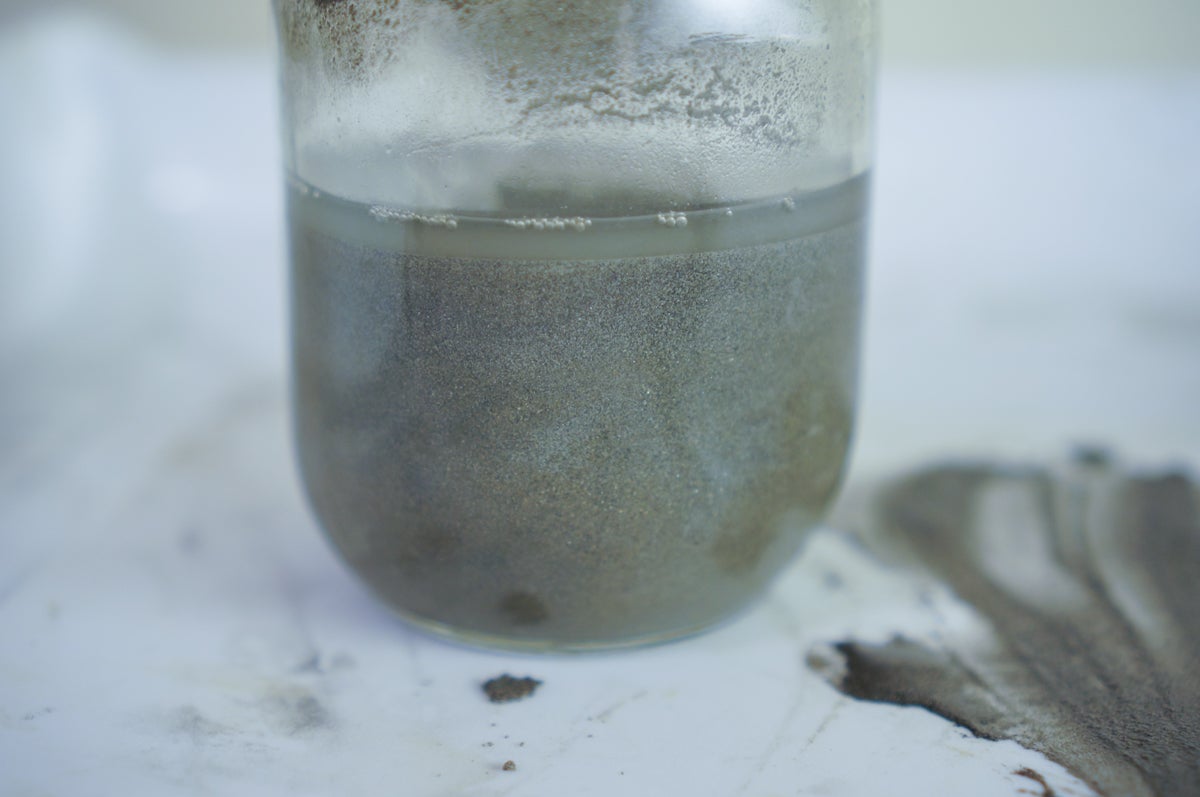Will the EPA Coal Ash Rule Survive?
The White House has made it official: its review of the Environmental Protection Agency'scoal ash rule has begun.

This page was published 11 years ago. Find the latest on Earthjustice’s work.
Sometime after midnight, the White House made it official—its review of the Environmental Protection Agency’s (EPA) coal ash rule has begun. The quiet posting of the rule by the White House Office of Management and Budget (OMB) sets in motion OMB’s official regulatory review pursuant to a 1993 executive order. That this process officially began under the cover of darkness is an apt metaphor. The OMB regulatory review is a black box—opaque, inscrutable and exceedingly dangerous. Rules never come out the way they go in—the offices of OMB are littered with crumpled pages of strong rules gone soft after revision by the White House.
Painful memories of the White House’s 2010 evisceration of Lisa Jackson’s proposed coal ash rule still linger. On Oct 15, 2009, in response to the largest toxic waste spill in world history, Administrator Jackson sent the White House a rule that would regulate coal ash as hazardous waste and thereby authorize federal oversight, establish national standards, and close leaking and unstable ash ponds, like the one that collapsed in Kingston, Tennessee.
But on October 16, 2009 (the very next day), Duke Energy and several other utilities began a barrage of meetings with the White House that didn’t end for six months. When the smoke cleared, the White House handed back a rule shot full of holes. The record reflects that OMB added a weak non-hazardous waste rule and, even worse, a third option allowing unlined coal ash ponds to continue to operate without end.
After six years of the White House substantively weakening and delaying other EPA rules, we have great concern about this process and the rule’s vulnerability to 11th hour industry lobbying. The incontrovertible record of environmental harm caused by coal ash—the toxic spills and widespread coal ash mismanagement—demands a federal rule that will protect American communities. The enabling statute, the Resource Conservation and Recovery Act, requires no less.
Yet the White House’s record of mangled EPA rules and unexplained delay demonstrates that their regulatory review, with their reliance on unbalanced cost-benefit analyses, is out of control. OMB’s review introduces uncertainty at the end of a rulemaking process that must, by law, be based on science and transparency and governed by the requirements of the enabling statute. The only certainty that remains in this final leg is that EPA must sign a coal ash rule no later than December 19, 2014. The agency is bound to do so by a consent decree with Earthjustice lodged in 2013.
The great uncertainty is whether the final rule will prevent another world-class disaster. The White House whitewashed this problem before, and it may do so again. Those threatened by the nation’s 1400 toxic coal ash dumps are on high alert.
Established in 2008, Earthjustice’s Northeast Office, located in New York City, is at the forefront of issues at the intersection of energy, environmental health, and social justice.